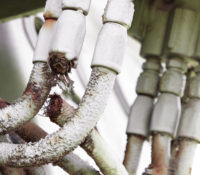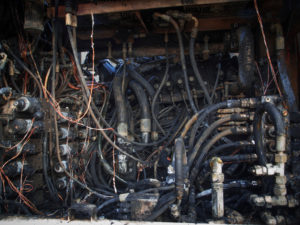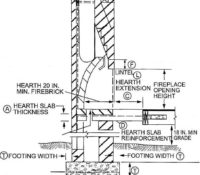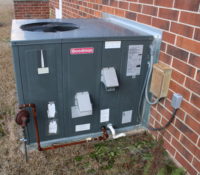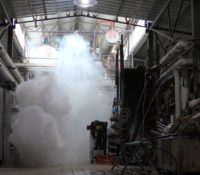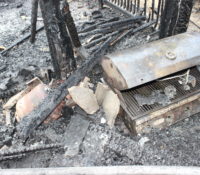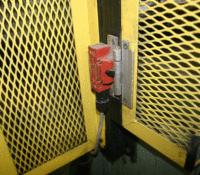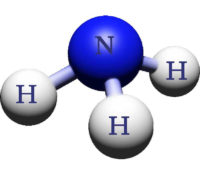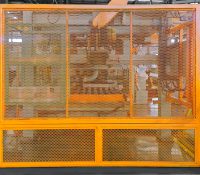Heavy Machinery Fires Caused by Hydraulic Hose Failures
Heavy machinery fires are often caused by hydraulic hose failures. Pressurized hydraulic fluid escaping from a failed hose assembly can be atomized into a fine spray that can be ignited by heated engine surfaces such as the engine exhaust or turbocharger.
Hydraulic hoses often fail due to age and wear, requiring regular inspection and replacement of hydraulic hoses to prevent failures. Hoses may also fail if they are misrouted. Misrouting can lead to the hose being pinched or causing it to chafe against a sharp metal surface. Read More


